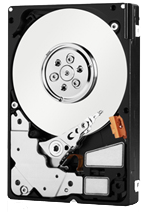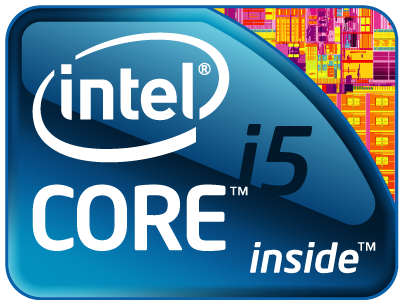
As mentioned previously, Intel will be coming out with their new processor (CPU), the Core i5. It is now out, designed to work on desktop boards powered by the equally-new Intel P55 chipset (board controller). These new boards will also work with the new Core i7. But wait, this new Core i7 is not the same as the older Core i7! Confused? Read on.
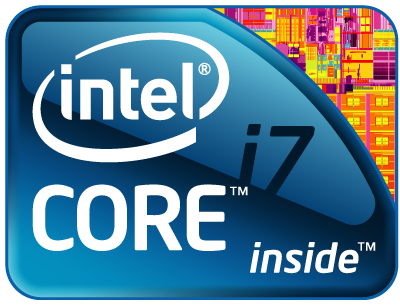
This new Core i7 differs from the previous Core i7 in a two ways:
- Old i7 is a LGA1366 socket CPU, supports triple-channel DDR3 memory, on desktop boards powered by Intel X58 chipset
- New i7 is a LGA1156 socket CPU, supports dual-channel DDR3 memory, on desktop boards powered by Intel P55 chipset
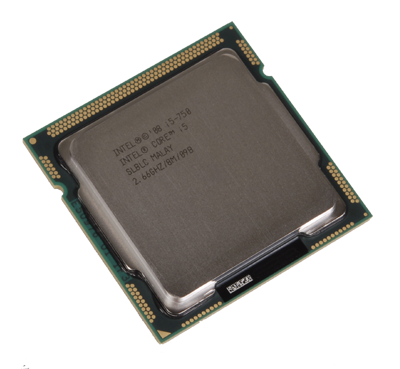
The new Intel Core i5 processor. The new Core i7 processor looks just the same too!
Plus, now that you have two CPU types to select from, you have even more choices depending on your needs. But what's the difference between the new i7 and the new i5 then? Hyper-Threading. The new i7 has HT, while the new i5 doesn't have HT. The old i7 has HT too, by the way. As you can see, this makes the CPUs available from high-end (old i7), middle-range (new i7), and mainstream (new i5). But what is HT?
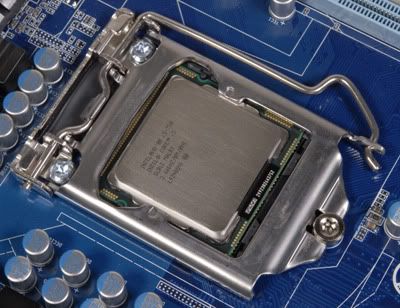
The new Intel Core i5 processor in its new LGA 1156 socket on a new Intel P55 board
HT is basically a feature where a single CPU core can function as a quasi dual-core, albeit not as fully-functional as a full-fledged dual-core. So the old i7 and new i7, both being quad-cores with HT, you effectively have quasi octo-cores, while the new i5, being quad-core without HT, is just a quad-core. Again, just to remember, the difference between the old i7 and new i7 is the number of RAM module sticks it supports.
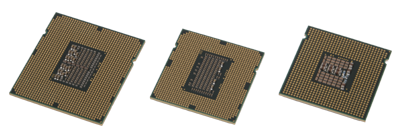
(left to right) Old i7, i5 (as well as new i7), old Intel Core 2-class
So there you have it. Decide on how much power you need, and then you can go get the right type of CPU to meet your needs. The new i5 with 4 cores and dual RAM, the new i7 with 8 'cores' and dual RAM, or the old i7 with 8 'cores' and triple RAM. New i5 and new i7 need P55 boards, old i7 needs X58 boards.
More Data?



